Visited with Collingwood
By the end of 1895, there was a desperate shortage of space for patients at the Cornwall Lunatic Asylum and large-scale extensions were being planned. On January 25, 1897, the Asylum Committee chose Cornish architect, Silvanus Trevail over four other applicants. The new building was to be for 250 patients, capable of being enlarged to take 350, with a kitchen large enough to cater for 500. Trevail’s fee was to be 5% of the total cost of the building. He undertook to supply pencilled plans within three months.
He was asked at the same time to prepare plans for a 20-bed isolation hospital. The Lunacy Commissioners wanted just 10 isolation beds and their view prevailed. Trevail prepared plans that went to the commissioners. They returned them with nine points of objections involving about a dozen alterations. These done, and the plans approved, tenders were invited for the construction of the isolation hospital. Sampson Trehane of Liskeard offered the lowest tender: £3,272.8s.10d. In February 1899, 12 months later, the builder wrote to say the isolation hospital was finished. By August the hospital was still empty because the grounds were not completed. Later that year two nurses with scarlet fever were kept there, but it was not until a year later that mention is made of there being any lunatic patients in the new hospital.
In the meantime, negotiations were going ahead for the new asylum. Trevail prepared plans and talked to the Lunacy Commissioners. There was considerable concern over sewage disposal, ‘as it is at present disposed of by irrigation of land not the property of the asylum, and the use of which the asylum may be deprived of.’ The Lunacy Commissioners insisted on a minimum of one acre of ground for every 10 patients, so the estate needed to be increased by 30 acres and renting land was not deemed good enough. Was there an adequate water supply? The asylum could produce 32,000 gallons per day from its own supply and the Bodmin waterworks contract allowed 40,000 gallons per day, so one thing at least was going to be all right.
The site for the new building, to the west of Carew House, was decided on with the sanction of the commissioners, although Trevail was not happy with the slope. The Asylum Committee tentatively approved his plans in July 1898 and he was asked to complete them for the commissioners. The commissioners wanted workshops re-arranged, doorways moved and an extra lavatory; the committee wanted more single rooms (more money from private patients), observation windows, a larger recreation hall and sleeping accommodation on the ground floor. The alterations meant Trevail had to re-do all his plans before getting final acceptance. Tenders were requested for the new building and when that of Pethick of Plymouth, for £87,973, was accepted, large spreads appeared in the county newspapers, with a sketch of the proposed building and all the tenders outlined in great detail.
Trevail, one of the great self-publicists of the time, wrote the description for the new building: ‘It is a somewhat melancholy reflection that the greatest demand ever made on the Cornwall County Council is for the provision of additional asylum accommodation. Great economy observed, cost per bed in other parts of the country amount to £320, £305, £246, etc. Bodmin is £220. Structural work will be substantial but plain. The only ornamental work, and that very modest, will be on front of assistant medical superintendent’s house. Fireproof ceilings and staircases, internal woodwork varnished red deal, alternative exits from every ward. Direct access from every ward to the airing courts and recreation hall without passing through other wards.’
The building was going to be a show piece, of this there was no doubt. The Lunacy Commissioners had had 90-odd years to work out the requirements of an institution such as this and Trevail, interpreting their requirements in his own style, held nothing back. The centre block contained the quarters of the assistant medical officer, waiting room, porter’s room and visiting room. Behind it was the recreation and dining hall, then the kitchen and attendants’ block, with the workshops and boiler house, with its six-sided chimney, further back. On each side of the residence and hall were two ward blocks, set back and staggered to show a wide frontage. These blocks were labelled Chronic, Recent and Acute, Sick and Infirm, and Epileptic. Space was left for one more block to be added on each side, widening the overall appearance even further. Built of Plymouth limestone with rich red terracotta decorations, its composition contained subtleties such as varying architraves and different spacings between windows to avoid monotony.
When Silvanus Trevail died at the beginning of November 1903, the first concern of the committee was to find somebody to oversee the finishing of the building. It advertised in the newspapers and received 18 applications, including one from Alfred Cornelius who had been Trevail’s able assistant for many years. John Kirkland from London was chosen.
Kirkland started with much the same problems as Trevail had finished with: complaints from the contractors about shortage and quality of stone; the clerk of works wanted more money; Hadens, the firm installing the boilers and piping, had not been asked by the committee to give any undertaking concerning the efficiency or performance of its equipment, and Kirkland suggested it was time something was done about it; the asylum clerk admitted to ordering two 16ft boilers instead of two 20ft ones.
In May 1905, Kirkland asked if the new building was to be named and the committee resolved to call it Tremayne, in honour of the chairman at the commencement of the work. The building previously referred to as the New Building (1885) would be Rashleigh, and the Long Building (1872) would be Kendall (both Mr Rashleigh and Mr Kendall had been on the committee). Mr Tremayne declined the honour, suggesting that the present chairman, Henry Foster, had done far more work than he in connection with the building, so the Foster Building it became.
March 1906 saw the acceptance of tenders for equipment, furniture, bedding and cutlery. The first patients were moved in on July 27 and by the end of the year 290 male patients had taken up residence. The men had been moved out of the Rashleigh Building and the women moved in. In this year cost per patient was 10/9d per week, three farthings less than in 1873.

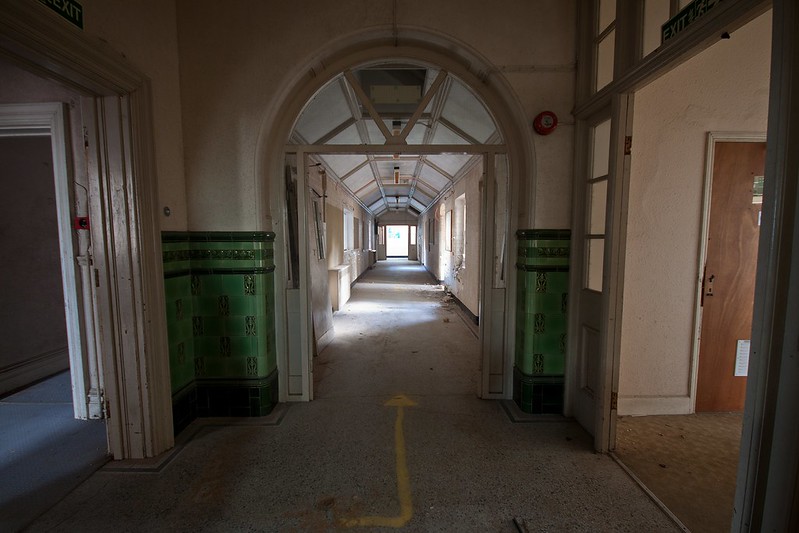
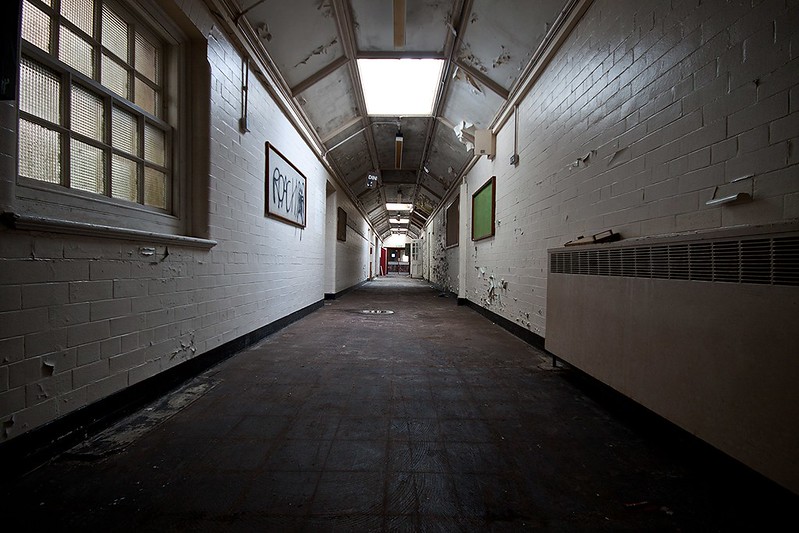
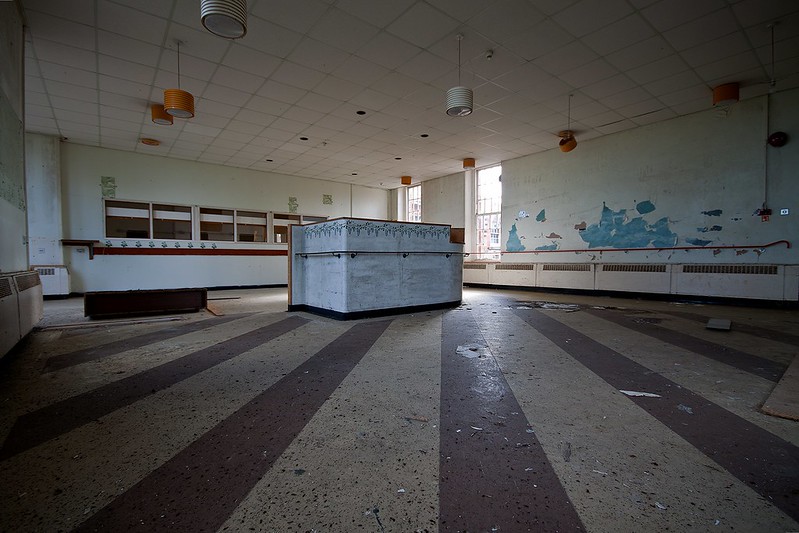
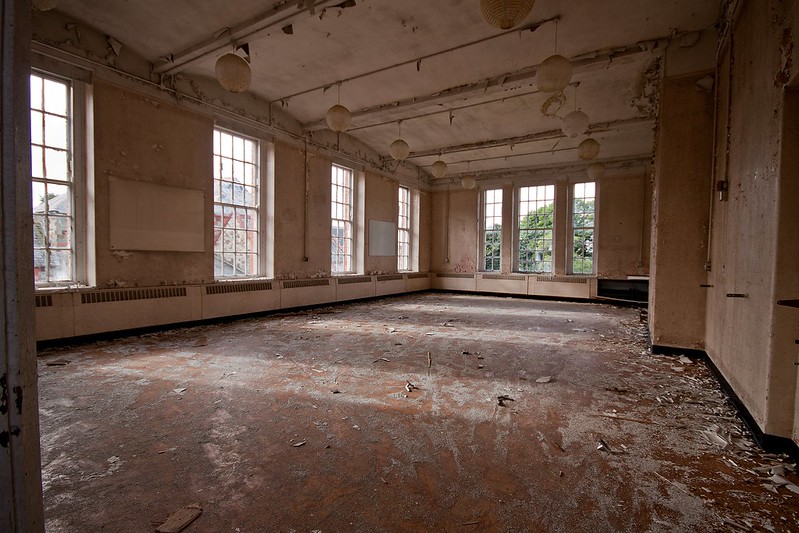

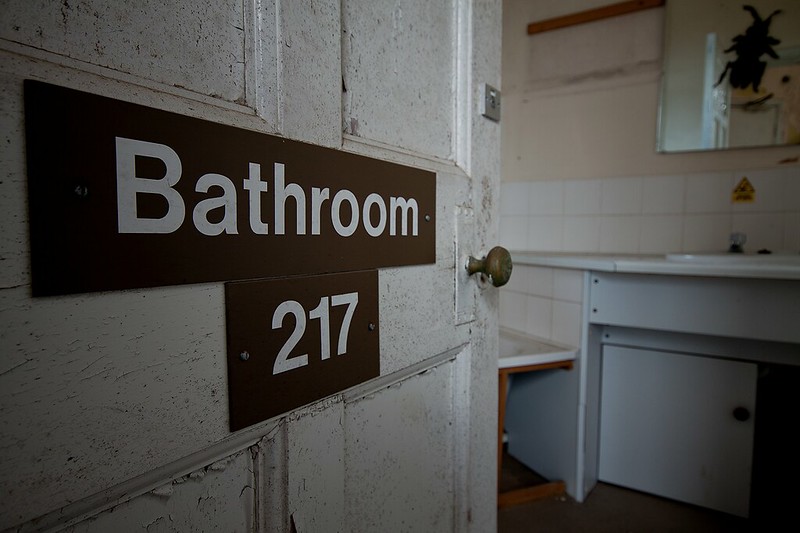
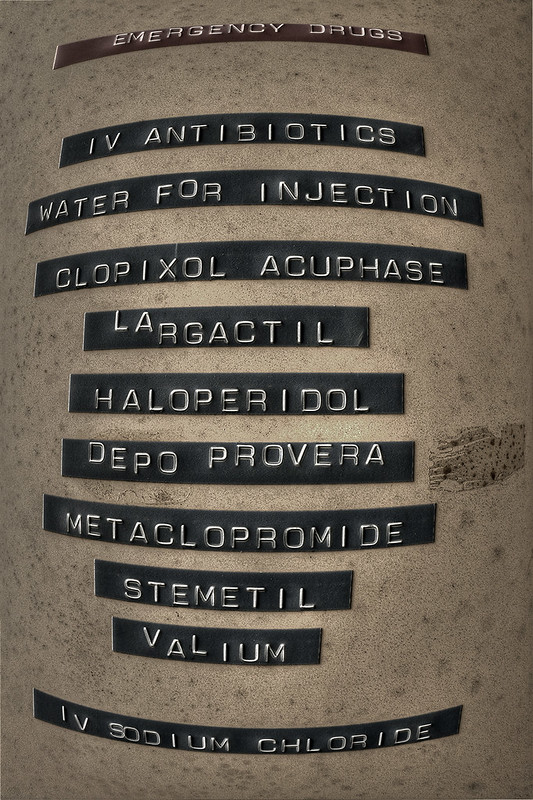
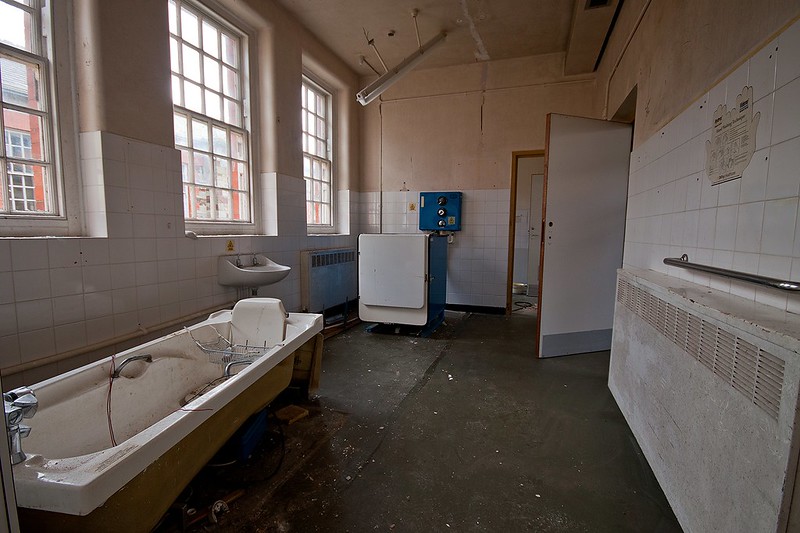
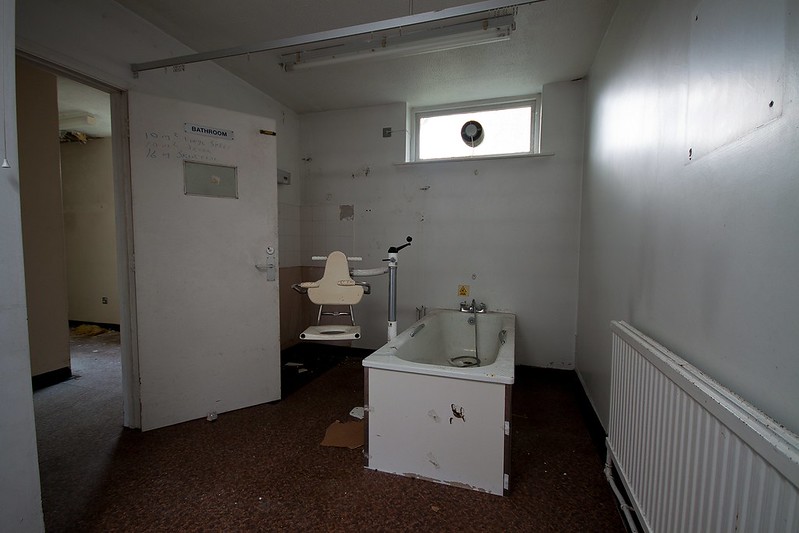
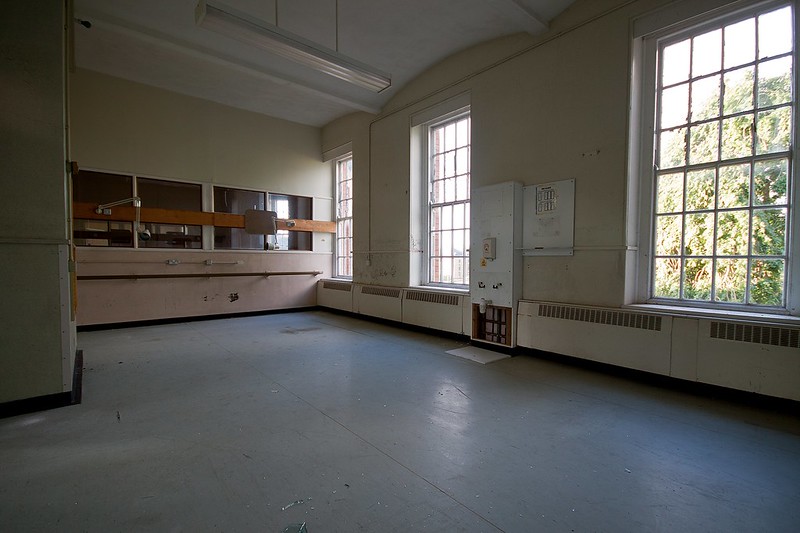
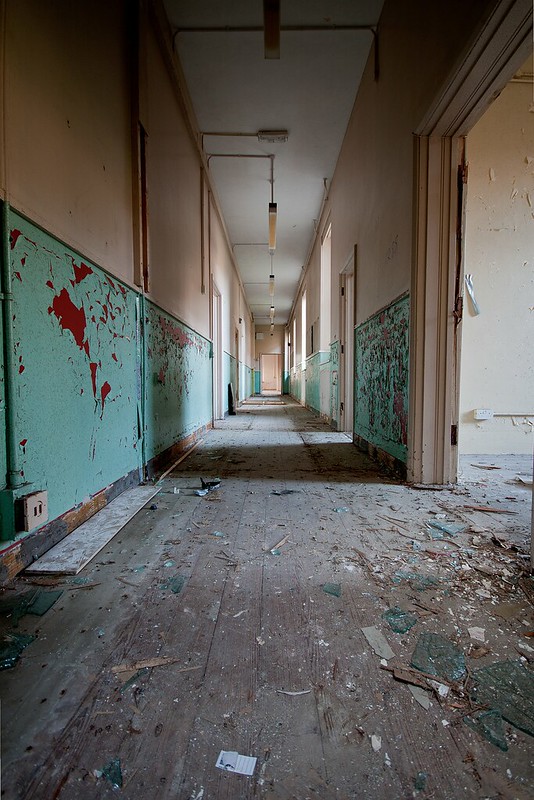
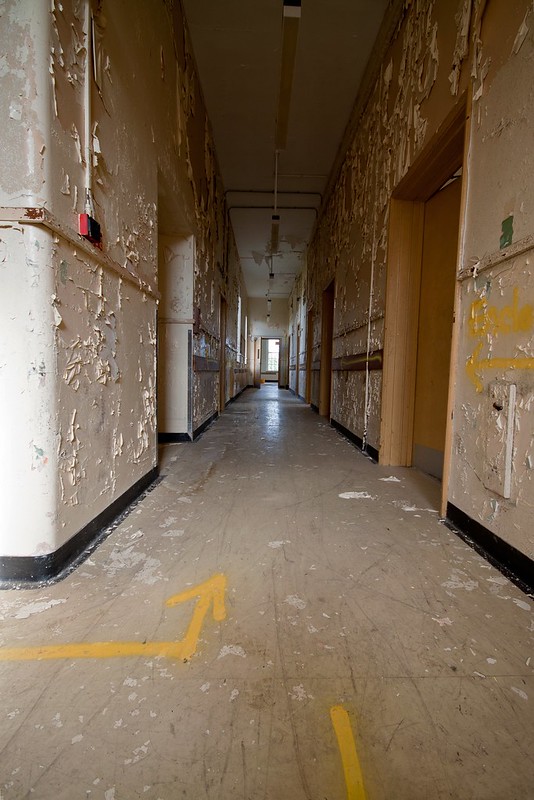
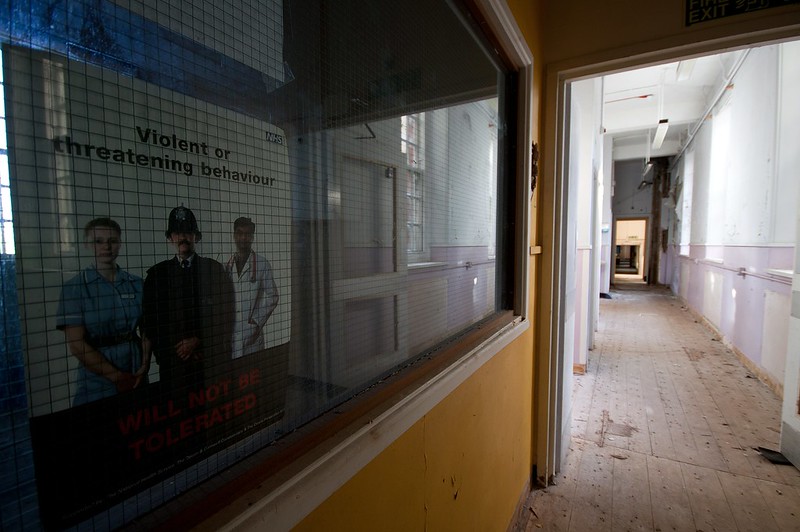
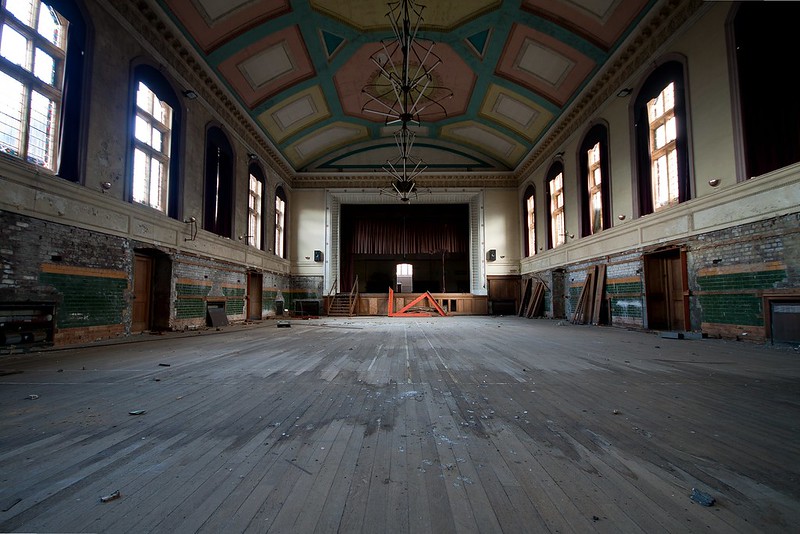
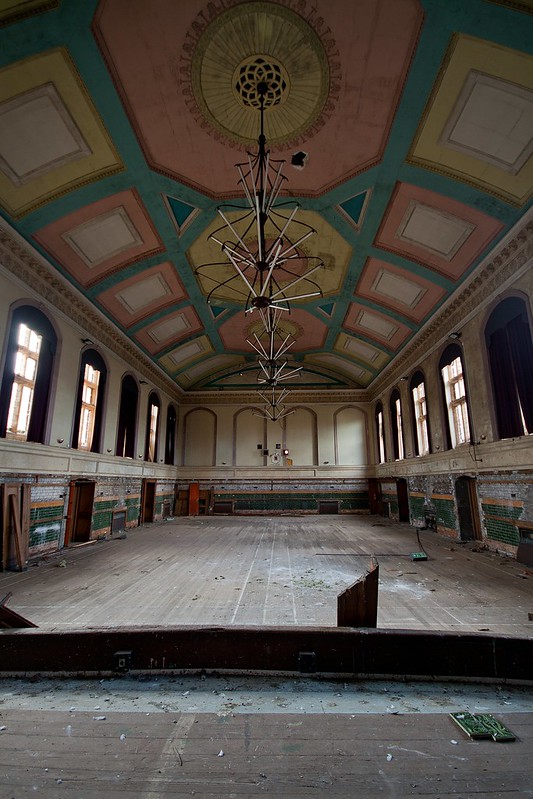
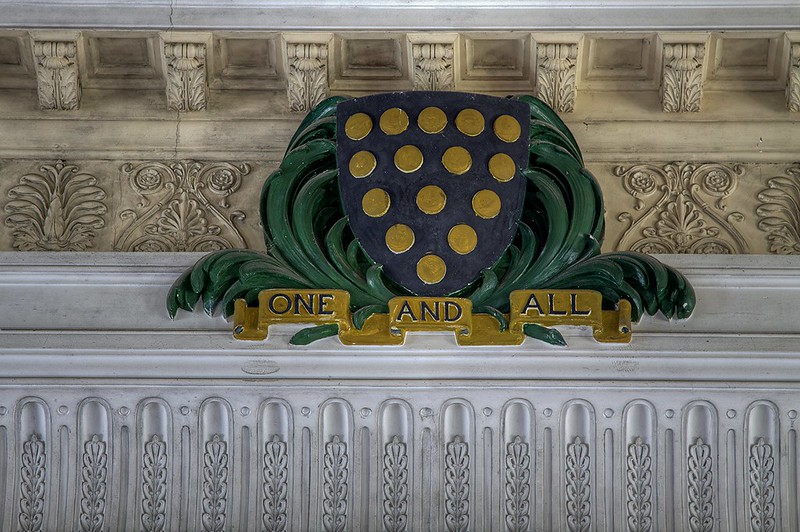
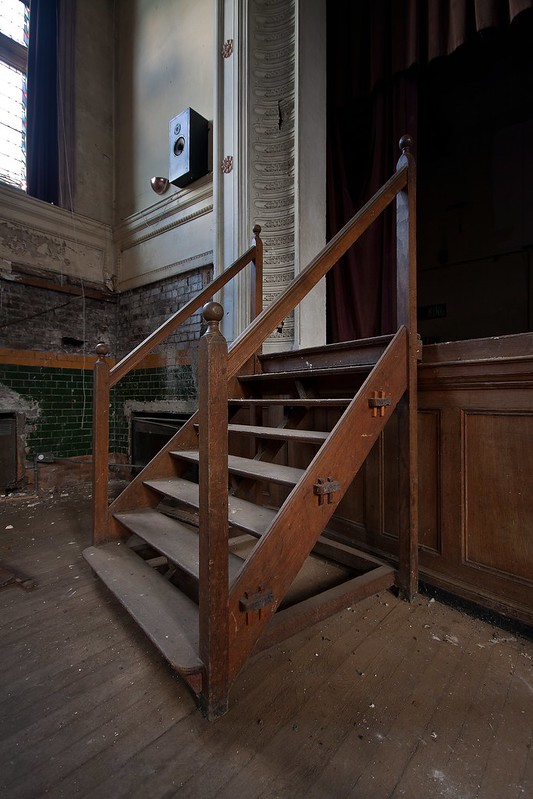
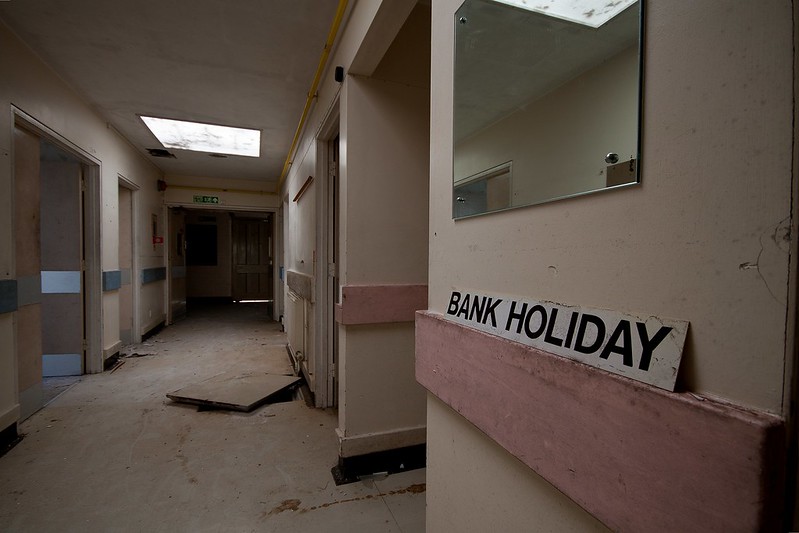
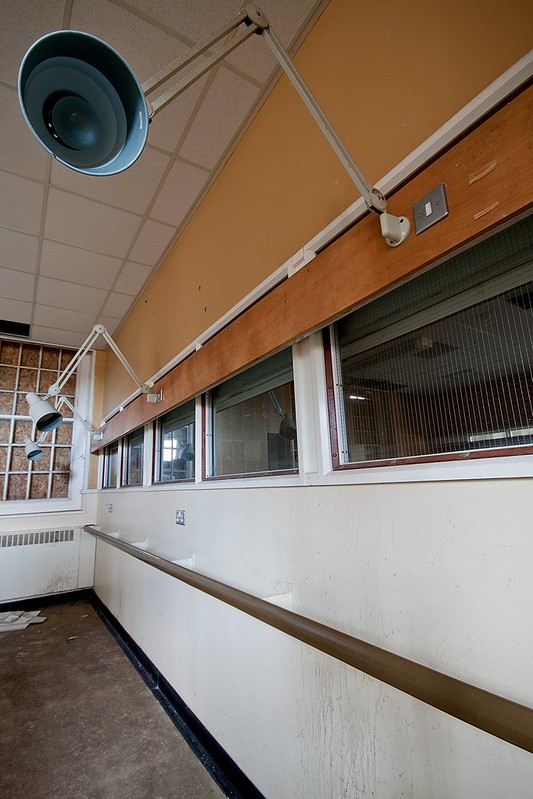
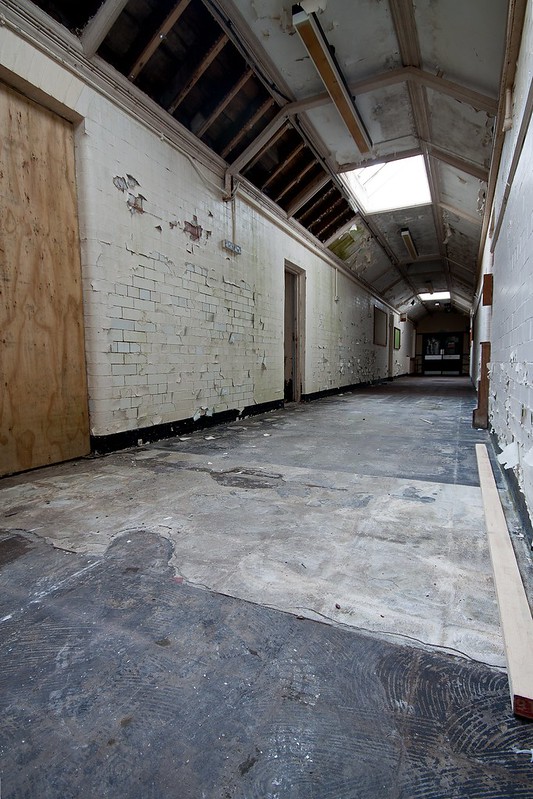
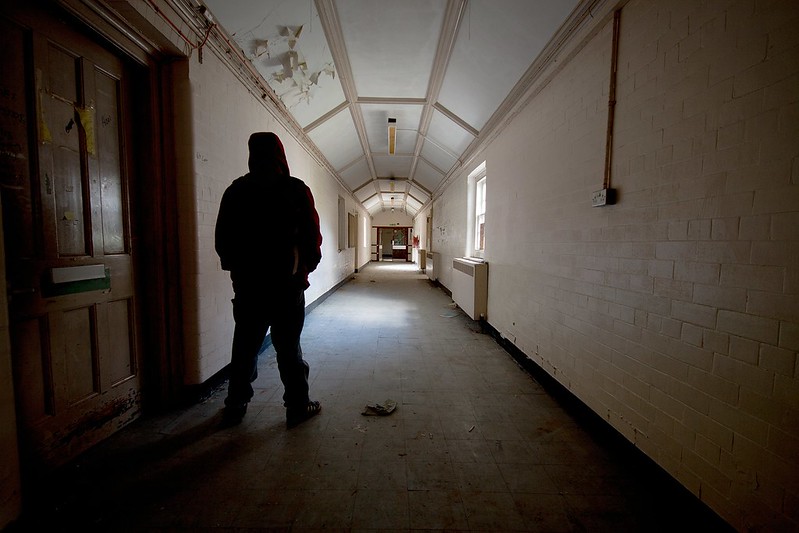
By the end of 1895, there was a desperate shortage of space for patients at the Cornwall Lunatic Asylum and large-scale extensions were being planned. On January 25, 1897, the Asylum Committee chose Cornish architect, Silvanus Trevail over four other applicants. The new building was to be for 250 patients, capable of being enlarged to take 350, with a kitchen large enough to cater for 500. Trevail’s fee was to be 5% of the total cost of the building. He undertook to supply pencilled plans within three months.
He was asked at the same time to prepare plans for a 20-bed isolation hospital. The Lunacy Commissioners wanted just 10 isolation beds and their view prevailed. Trevail prepared plans that went to the commissioners. They returned them with nine points of objections involving about a dozen alterations. These done, and the plans approved, tenders were invited for the construction of the isolation hospital. Sampson Trehane of Liskeard offered the lowest tender: £3,272.8s.10d. In February 1899, 12 months later, the builder wrote to say the isolation hospital was finished. By August the hospital was still empty because the grounds were not completed. Later that year two nurses with scarlet fever were kept there, but it was not until a year later that mention is made of there being any lunatic patients in the new hospital.
In the meantime, negotiations were going ahead for the new asylum. Trevail prepared plans and talked to the Lunacy Commissioners. There was considerable concern over sewage disposal, ‘as it is at present disposed of by irrigation of land not the property of the asylum, and the use of which the asylum may be deprived of.’ The Lunacy Commissioners insisted on a minimum of one acre of ground for every 10 patients, so the estate needed to be increased by 30 acres and renting land was not deemed good enough. Was there an adequate water supply? The asylum could produce 32,000 gallons per day from its own supply and the Bodmin waterworks contract allowed 40,000 gallons per day, so one thing at least was going to be all right.
The site for the new building, to the west of Carew House, was decided on with the sanction of the commissioners, although Trevail was not happy with the slope. The Asylum Committee tentatively approved his plans in July 1898 and he was asked to complete them for the commissioners. The commissioners wanted workshops re-arranged, doorways moved and an extra lavatory; the committee wanted more single rooms (more money from private patients), observation windows, a larger recreation hall and sleeping accommodation on the ground floor. The alterations meant Trevail had to re-do all his plans before getting final acceptance. Tenders were requested for the new building and when that of Pethick of Plymouth, for £87,973, was accepted, large spreads appeared in the county newspapers, with a sketch of the proposed building and all the tenders outlined in great detail.
Trevail, one of the great self-publicists of the time, wrote the description for the new building: ‘It is a somewhat melancholy reflection that the greatest demand ever made on the Cornwall County Council is for the provision of additional asylum accommodation. Great economy observed, cost per bed in other parts of the country amount to £320, £305, £246, etc. Bodmin is £220. Structural work will be substantial but plain. The only ornamental work, and that very modest, will be on front of assistant medical superintendent’s house. Fireproof ceilings and staircases, internal woodwork varnished red deal, alternative exits from every ward. Direct access from every ward to the airing courts and recreation hall without passing through other wards.’
The building was going to be a show piece, of this there was no doubt. The Lunacy Commissioners had had 90-odd years to work out the requirements of an institution such as this and Trevail, interpreting their requirements in his own style, held nothing back. The centre block contained the quarters of the assistant medical officer, waiting room, porter’s room and visiting room. Behind it was the recreation and dining hall, then the kitchen and attendants’ block, with the workshops and boiler house, with its six-sided chimney, further back. On each side of the residence and hall were two ward blocks, set back and staggered to show a wide frontage. These blocks were labelled Chronic, Recent and Acute, Sick and Infirm, and Epileptic. Space was left for one more block to be added on each side, widening the overall appearance even further. Built of Plymouth limestone with rich red terracotta decorations, its composition contained subtleties such as varying architraves and different spacings between windows to avoid monotony.
When Silvanus Trevail died at the beginning of November 1903, the first concern of the committee was to find somebody to oversee the finishing of the building. It advertised in the newspapers and received 18 applications, including one from Alfred Cornelius who had been Trevail’s able assistant for many years. John Kirkland from London was chosen.
Kirkland started with much the same problems as Trevail had finished with: complaints from the contractors about shortage and quality of stone; the clerk of works wanted more money; Hadens, the firm installing the boilers and piping, had not been asked by the committee to give any undertaking concerning the efficiency or performance of its equipment, and Kirkland suggested it was time something was done about it; the asylum clerk admitted to ordering two 16ft boilers instead of two 20ft ones.
In May 1905, Kirkland asked if the new building was to be named and the committee resolved to call it Tremayne, in honour of the chairman at the commencement of the work. The building previously referred to as the New Building (1885) would be Rashleigh, and the Long Building (1872) would be Kendall (both Mr Rashleigh and Mr Kendall had been on the committee). Mr Tremayne declined the honour, suggesting that the present chairman, Henry Foster, had done far more work than he in connection with the building, so the Foster Building it became.
March 1906 saw the acceptance of tenders for equipment, furniture, bedding and cutlery. The first patients were moved in on July 27 and by the end of the year 290 male patients had taken up residence. The men had been moved out of the Rashleigh Building and the women moved in. In this year cost per patient was 10/9d per week, three farthings less than in 1873.

























